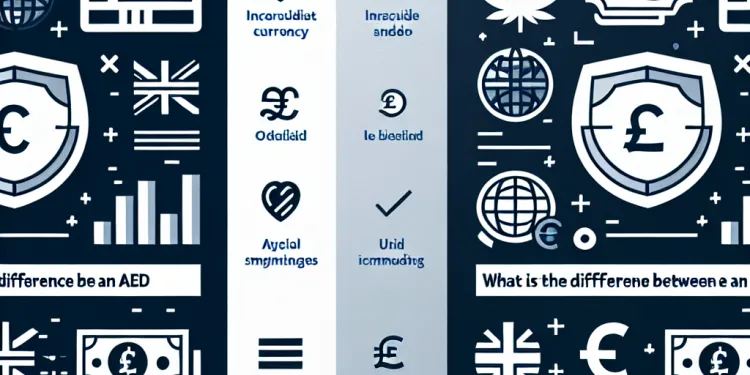
Find Help
More Items From Ergsy search
-
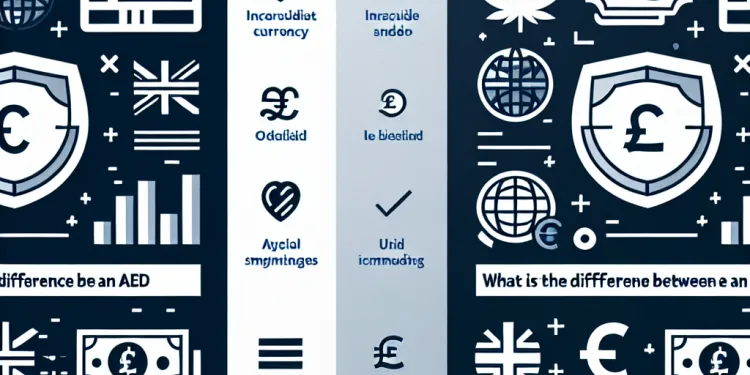
What is the difference between an AED and an ICD?
Relevance: 100%
-

What are the different types of defibrillators?
Relevance: 41%
-
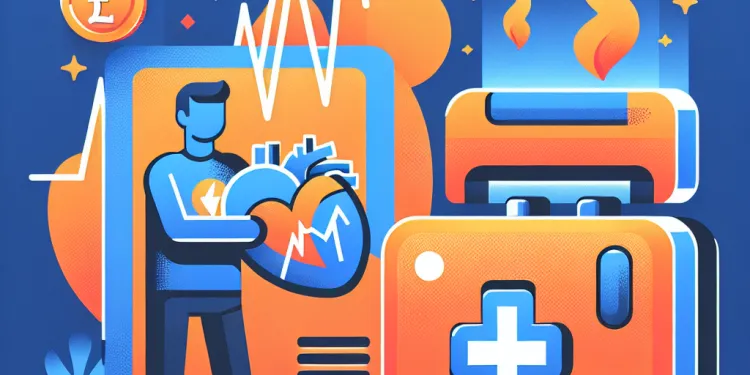
What is a Defibrallator?
Relevance: 35%
-
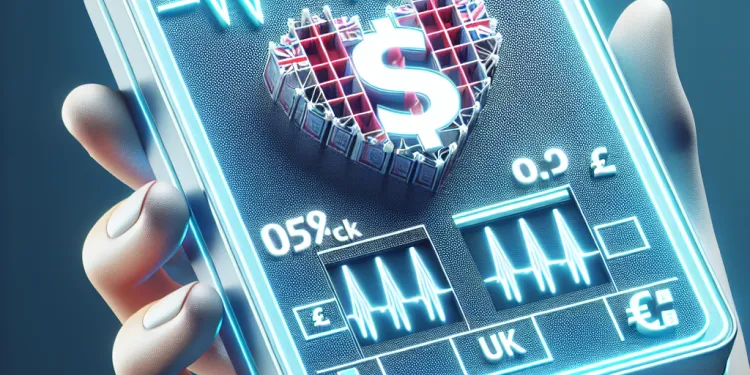
What is a defibrillator?
Relevance: 35%
-
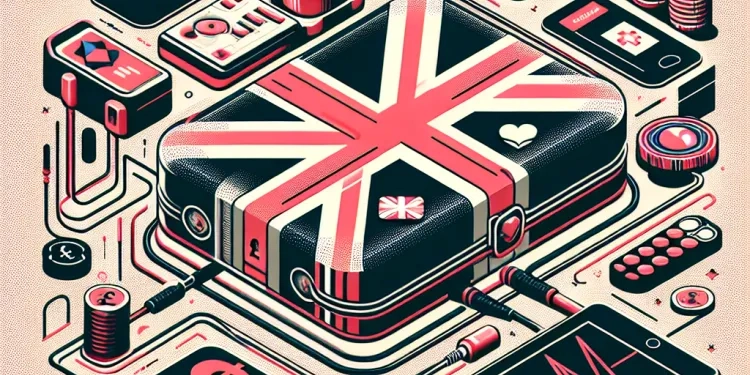
How effective are defibrillators?
Relevance: 23%
-
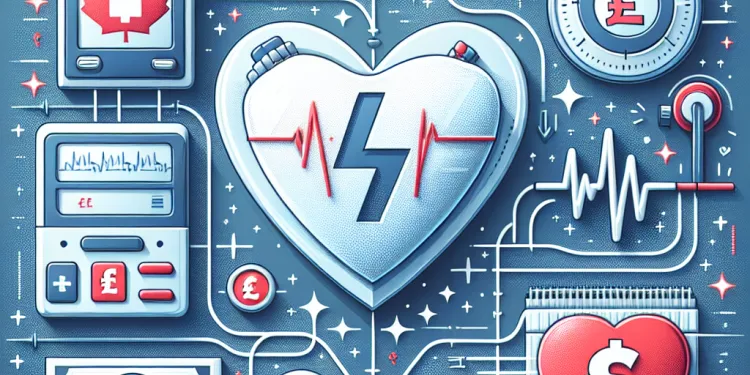
How does a defibrillator work?
Relevance: 19%
-
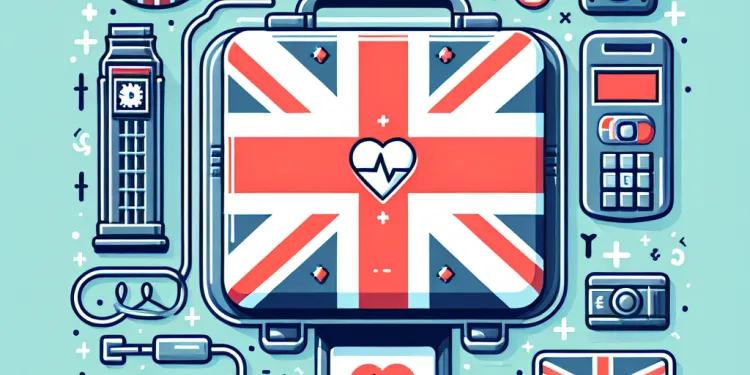
Do defibrillators have any side effects?
Relevance: 16%
-
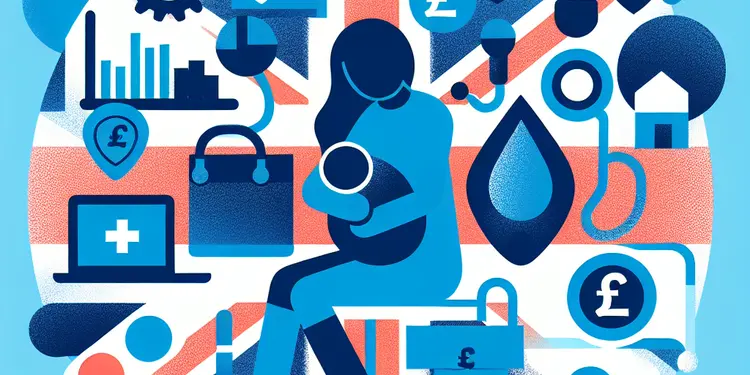
How is postnatal depression diagnosed?
Relevance: 16%
-

Attention deficit hyperactivity disorder (ADHD) - Living with ADHD
Relevance: 12%
-
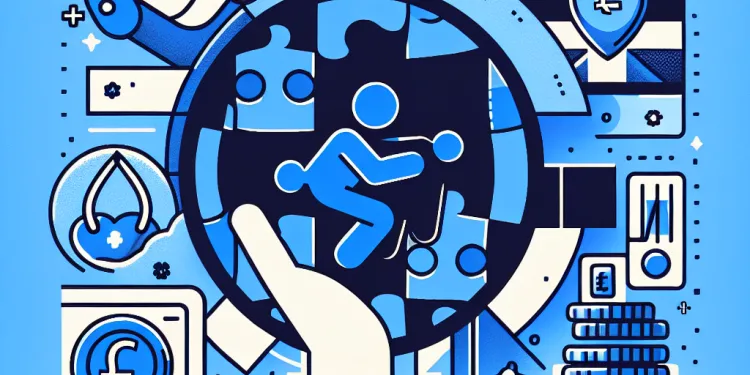
How is autism diagnosed?
Relevance: 12%
-

Has the World Health Organization (WHO) classified Nimbus and Stratus?
Relevance: 12%
-
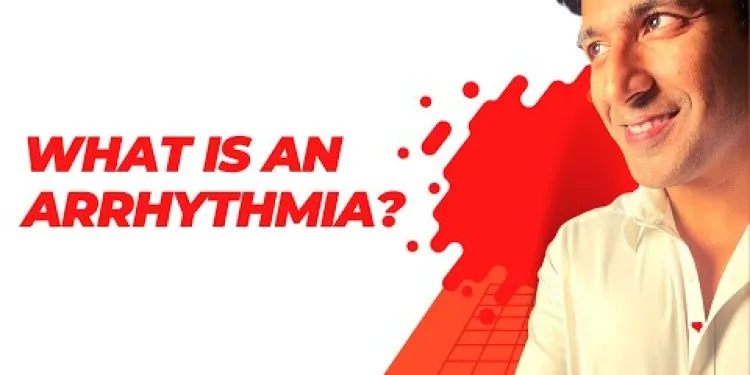
What exactly is an arrhythmia?
Relevance: 11%
-

Autism Assessment - What Happens in Your Appointment
Relevance: 11%
-

What is the difference between autism and Asperger's syndrome?
Relevance: 11%
-

What is the role of a defibrillator in CPR?
Relevance: 11%
-

What is ADHD?
Relevance: 11%
-

How is ADHD diagnosed?
Relevance: 11%
-
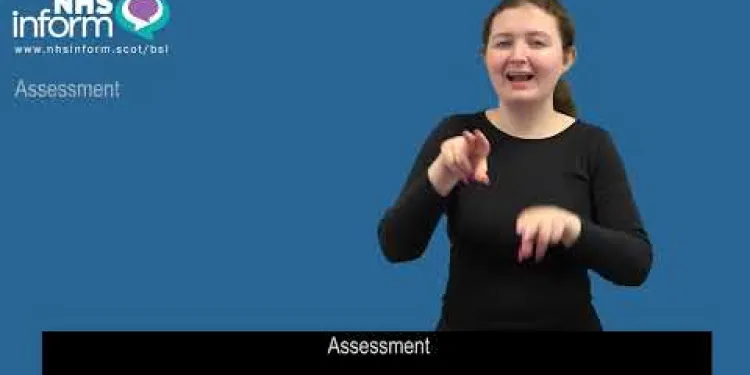
BSL - Diagnosis of obsessive compulsive disorder (OCD)
Relevance: 11%
-
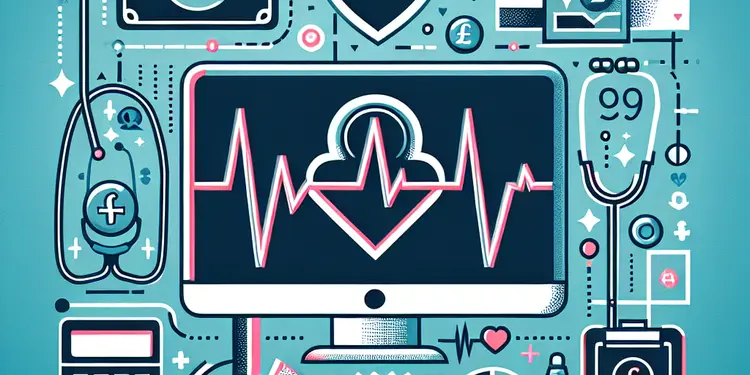
What is the prognosis for someone with heart failure?
Relevance: 11%
-

Attention deficit hyperactivity disorder (ADHD) - Introduction
Relevance: 9%
-
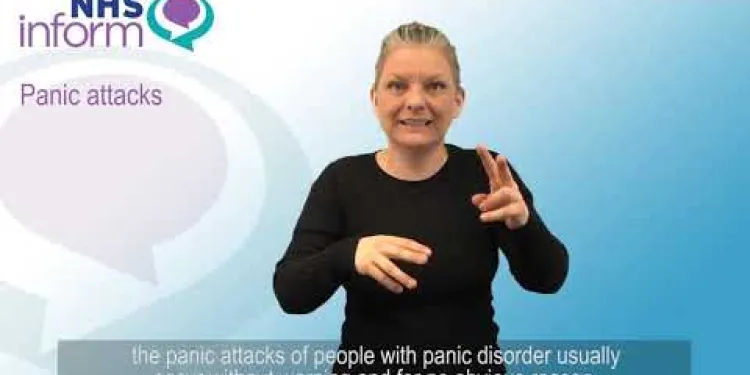
BSL - Diagnosis of panic disorder
Relevance: 9%
Introduction
An Automated External Defibrillator (AED) and an Implantable Cardioverter Defibrillator (ICD) are both crucial devices in managing heart conditions, but they serve different purposes. Understanding the differences between these two medical devices is important for anyone interested in cardiac health, whether you're a healthcare professional, a patient, or just someone eager to learn more. This article will explore the functions, uses, and distinctions between an AED and an ICD.
What is an AED?
An Automated External Defibrillator (AED) is a portable, life-saving device designed to treat people experiencing sudden cardiac arrest, a condition when the heart unexpectedly stops beating. AEDs are used in emergency situations to analyse the heart's rhythm and, if necessary, deliver an electrical shock, or defibrillation, to help the heart re-establish an effective rhythm. AEDs are commonly found in public places such as shopping centres, sports arenas, airports, and workplaces. They are designed to be user-friendly, often coming with step-by-step voice prompts and visual cues to assist bystanders or first responders who may not be medically trained.
What is an ICD?
An Implantable Cardioverter Defibrillator (ICD), on the other hand, is a device that is surgically implanted into the body, often under the skin near the collarbone, with wires that connect to the heart. Unlike AEDs, ICDs are designed for patients who are at a higher risk of sudden cardiac arrest due to specific heart conditions, such as ventricular tachycardia or ventricular fibrillation. ICDs continuously monitor the patient's heart rhythm and automatically deliver electrical shocks or pulses when they detect potentially life-threatening arrhythmias, helping to maintain a regular rhythm.
Key Differences
The primary difference between AEDs and ICDs lies in their design, location, and purpose. AEDs are external devices accessible to the public and intended for immediate use during an emergency. They are temporary solutions to administer emergency aid until proper medical care is available. Conversely, ICDs are internal, long-term devices programmed to provide continuous monitoring and intervention for individuals with known heart risks. An ICD, therefore, requires medical prescription and implantation by a specialist.
Conclusion
In summary, while both AEDs and ICDs are essential in managing sudden cardiac events, they serve different roles and have different functionalities. AEDs offer an immediate, accessible solution for emergency responders and bystanders in cases of cardiac arrest, whereas ICDs provide ongoing protection and monitoring for high-risk patients. Understanding these differences is crucial in recognising which device is appropriate in various cardiac scenarios and ensuring effective response and treatment.
Introduction
There are two important medical devices that help with heart problems. They are called an Automated External Defibrillator (AED) and an Implantable Cardioverter Defibrillator (ICD). They do different jobs, so it is good to know how they work. This can be useful if you are learning about heart health, whether you are a doctor, a patient, or just curious. Let's find out what these devices do and how they are different.
What is an AED?
An Automated External Defibrillator (AED) is a device that can help save someone's life if their heart suddenly stops. This is called a cardiac arrest. The AED looks at the heart's beat to see if it is doing the right thing. If not, it can give the heart a small electric shock to help it beat properly again. You can find AEDs in many public places like shopping malls, sports areas, airports, and offices. They are made to be easy to use. They usually have a voice that tells you what to do and pictures to guide you, even if you are not a doctor.
What is an ICD?
An Implantable Cardioverter Defibrillator (ICD) is different because it goes inside the body. Doctors put it under the skin by your collarbone. It has wires that attach to your heart. An ICD is for people who might have heart problems that could make it stop suddenly. The ICD always checks the heart's beat. If it finds something wrong, it gives a tiny shock to fix the beat. It helps make sure the heart keeps a good rhythm.
Key Differences
The big difference between AEDs and ICDs is how they are made, where they are, and what they do. AEDs are outside the body and are for everyone to use in emergencies. They help until doctors arrive. ICDs are inside the body and work all the time for people who might have heart problems. A doctor needs to give you an ICD, and it is put in during a special operation.
Conclusion
In short, AEDs and ICDs are both really important for helping with heart problems, but they do different things. AEDs are for emergencies and can be used by anyone to help someone who suddenly has their heart stop. ICDs keep watching the heart and help people who might have serious heart issues. Knowing the difference can help you understand which one to use and when.
Frequently Asked Questions
What does AED stand for?
AED stands for Automated External Defibrillator.
What does ICD stand for?
ICD stands for Implantable Cardioverter Defibrillator.
What is the primary function of an AED?
An AED is used to deliver an electric shock to the heart in cases of sudden cardiac arrest.
What is the primary function of an ICD?
An ICD monitors a person's heart rhythm and can deliver shocks, pacing, or other therapies to correct abnormal heart rhythms.
Is an AED used inside or outside the body?
An AED is an external device used on the surface of the body.
Is an ICD used inside or outside the body?
An ICD is an internal device implanted inside the body.
Who typically uses an AED?
AEDs are designed for use by bystanders or emergency responders, often with minimal training.
Who is responsible for activating an ICD?
An ICD operates automatically and does not require activation by a person.
Can an AED be used on anyone?
An AED can be used on individuals experiencing sudden cardiac arrest, but the user should follow the device’s instructions and consider age and size.
Who might receive an ICD?
ICDs are implanted in patients at risk for life-threatening arrhythmias or sudden cardiac arrest.
Does an AED require training to use?
AEDs are designed to be user-friendly, with voice prompts, but training is recommended for effective use.
Does an ICD require any user intervention?
No, an ICD functions automatically and intervention is not necessary from the patient or bystanders.
What kind of maintenance does an AED need?
AEDs require regular checks to ensure the battery and pads are functional and not expired.
What kind of maintenance does an ICD need?
ICDs need regular medical checkups to monitor device function and battery life.
Is an AED portable?
Yes, AEDs are portable and designed for emergency use in various locations.
Is an ICD portable?
An ICD is implanted inside the body, so it is not considered 'portable' in the traditional sense.
Can AEDs be found in public places?
Yes, AEDs are often located in public areas such as airports, schools, and sports venues.
Does an ICD require surgery?
Yes, implanting an ICD requires a surgical procedure.
What is a key difference in application between AEDs and ICDs?
AEDs are for emergency use by laypersons, while ICDs are personalized medical devices for individuals with specific heart risks.
Do AEDs and ICDs have the same purpose?
They both address heart rhythm issues, but AEDs are for immediate emergency intervention, while ICDs provide ongoing monitoring and correction.
What does AED mean?
AED stands for Automatic External Defibrillator.
It is a machine that helps someone if their heart stops beating.
You can find AEDs in many public places like schools and shopping centers.
If you want help with reading, you can use tools like text-to-speech or picture cards.
AED means Automated External Defibrillator.
What does ICD stand for?
ICD means International Classification of Diseases.
To help you remember:
- Think of it as a big list doctors use.
- It helps them talk about sicknesses.
- Use flashcards or draw pictures to learn new words.
- Ask someone to explain words you do not know.
ICD means Implantable Cardioverter Defibrillator. An ICD is a small device that helps your heart stay healthy. It helps your heart beat correctly if it goes too fast or too slow.
To understand better, you can use some helpful tools:
- Ask someone to read it with you.
- Use a text-to-speech reader to listen to the text.
- Look for pictures of an ICD to see what it looks like.
What does an AED do?
An AED is a special machine. It helps someone when their heart stops. It can give the heart a little shock to help it start beating again.
If you see a person who is not moving or breathing, you can use an AED to help them. It is easy to follow the instructions. The machine talks to you and tells you what to do.
If you want to learn more, you can watch videos or ask a teacher to help you.
An AED is a machine that gives the heart a mild electric shock if someone has a sudden heart problem.
What does an ICD do?
An ICD helps your heart. It can keep your heart beating at the right speed.
Tip: Ask a doctor to explain more. You can also look at pictures or videos about ICDs.
An ICD is a special device. It checks how your heart beats. If your heart is not beating right, it can help fix it. It can give a small shock or help your heart beat at the right speed.
Does an AED work inside or outside the body?
An AED is a machine that helps someone when their heart stops. It is only used outside the body. You put special pads on the person’s chest. The machine can then help the heart start again.
Helpful Tools:
- Pictures: Use pictures to show where the pads go on the chest.
- Videos: Watch a short video to see how an AED works.
- Practice: Practice with a training AED to understand better.
An AED is a machine that you use outside of the body.
Where is an ICD used?
An ICD is a small device that helps your heart. It is put inside your body. Doctors put it under your skin. The ICD helps if your heart beats too fast. It makes your heart beat normally again.
If reading is hard, ask someone you trust to help you understand. You can also use tools like audiobooks or speech-to-text software to make reading easier.
An ICD is a tiny machine put inside the body.
Who usually uses an AED?
An AED can be used by anyone, but it is most often used by:
- Doctors and nurses
- Paramedics
- First aiders
- People who see an emergency
If you want to learn how to use an AED, you can take a course. You can also watch videos online.
AEDs (they help people having a heart attack) are made so anyone can use them. You don’t need much training to help.
Who turns on an ICD?
An ICD works by itself. No one needs to turn it on.
Can you use an AED on anyone?
An AED is a machine that can help someone if their heart stops. You can use an AED on most people. Here are some things to know:
- You can use an AED on adults and kids over 1 year old.
- If the person is wet, dry them off first.
- If the person has a lot of chest hair, you might need to shave it.
- Follow the instructions on the AED. It will talk to you and tell you what to do.
Using an AED can save a life. Remember to call 911 or ask someone to get help too.
You can use an AED to help someone whose heart has stopped suddenly. It's important to listen to the AED's voice and follow what it says. Remember to think about how old and big the person is when using the AED.
Who might get an ICD?
An ICD is a small device that helps your heart. Here are some people who might need an ICD: - People whose hearts don't beat properly. - People who have had a bad heart illness. - People whose doctors think they need extra heart help. If you or someone you know might need an ICD, talk to a doctor. Tools that might help you understand more: - Ask your doctor to explain using simple words. - Use pictures or diagrams to see how an ICD works. - Ask a family member or friend to come with you to doctor's visits.Doctors put small devices called ICDs inside people who might have dangerous heartbeats or heart attacks that happen very suddenly.
Do you need training to use an AED?
An AED is a machine that helps someone if their heart stops. It is easy to use. The machine tells you what to do, step by step.
If you want to feel ready, you can take a class. Many places offer classes to teach you how to use an AED.
Remember, if you see someone who needs help, call for emergency help right away.
AEDs are machines that help if someone's heart stops. They are easy to use and talk to you with a voice. It is a good idea to learn how to use them with special training. This will help you use them better.
Do you need to do anything with an ICD?
No, an ICD works by itself. The patient or people nearby don't need to do anything.
How do we take care of an AED?
An AED needs regular care to work well.
- Check the batteries. Are they full?
- Look at the pads. Are they sticky and in date?
- Keep it clean and store it safely.
Use a checklist. It helps you remember what to do.
It is important to check AEDs often. Make sure the battery works and the pads are not too old.
How do you take care of an ICD?
ICDs need regular doctor visits to check how they work and how the battery is doing.
Can you carry an AED with you?
Yes, AEDs are small and easy to carry. They are made to help in emergencies in different places.
Can you carry an ICD with you?
An ICD is a special device put inside the body. This means you can't take it out or carry it around like other things.
Can you find AEDs in public places?
Yes, you can find AEDs in many public places. They help people when their heart stops beating right.
You might see AEDs in places like:
- Airports
- Shopping malls
- Sports centers
- Schools
They are often in a box with a sign. If you need help reading, ask someone for help or look for pictures or signs of a heart and a lightning bolt.
Yes, you can often find AEDs in public places like airports, schools, and sports areas.
Do doctors need to do an operation to put in an ICD?
Yes, doctors usually need to do an operation to put in an ICD.
An ICD is a special machine. It helps your heart beat properly. Doctors put it inside your body.
If you're worried, talk to your doctor. They can explain everything to you. You can also ask a family member or friend to help you understand.
Yes, putting in an ICD needs a small operation.
What is the main difference between AEDs and ICDs?
AEDs and ICDs are both medical devices that help the heart. But they are used differently.
AED (Automated External Defibrillator): An AED is a machine you can find in public places. It helps when someone's heart stops suddenly. You put it on the person, and it gives the heart a shock to try and make it beat again.
ICD (Implantable Cardioverter Defibrillator): An ICD is placed inside a person by a doctor. It stays in the person's chest and helps their heart all the time. If the heart beats too fast or stops, the ICD gives it a shock to fix it.
The key difference is: AEDs are used in emergencies by anyone nearby. ICDs are used by people who have heart problems and are put inside the body by a doctor.
It's important to know how these devices work. You can talk to a doctor or ask a nurse for more help. There are also videos online that show how to use an AED.
AEDs are for emergencies and can be used by anyone. ICDs are special medical devices for people with certain heart problems.
Are AEDs and ICDs used for the same thing?
No, AEDs and ICDs do not have the same purpose. Let’s look at what they do:
- AED (Automated External Defibrillator): This is a machine to help restart a heart when it stops. You might find AEDs in public places like schools or shopping centers.
- ICD (Implantable Cardioverter Defibrillator): This is a small device placed inside the body to help keep the heart beating properly. It can help people who have serious heart problems.
You can ask an adult or use pictures and videos to learn more about how these machines work.
Both AEDs and ICDs help with heartbeats. AEDs are used in emergencies to help right away. ICDs keep checking the heart and fix any problems as needed.
Useful Links
- Ergsy carfully checks the information in the videos we provide here.
- Videos shown by Youtube after a video has completed, have NOT been reviewed by ERGSY.
- To view, click the arrow in centre of video.
- Most of the videos you find here will have subtitles and/or closed captions available.
- You may need to turn these on, and choose your preferred language.
- Go to the video you'd like to watch.
- If closed captions (CC) are available, settings will be visible on the bottom right of the video player.
- To turn on Captions, click settings .
- To turn off Captions, click settings again.
More Items From Ergsy search
-

What is the difference between an AED and an ICD?
Relevance: 100%
-

What are the different types of defibrillators?
Relevance: 41%
-

What is a Defibrallator?
Relevance: 35%
-

What is a defibrillator?
Relevance: 35%
-

How effective are defibrillators?
Relevance: 23%
-

How does a defibrillator work?
Relevance: 19%
-

Do defibrillators have any side effects?
Relevance: 16%
-

How is postnatal depression diagnosed?
Relevance: 16%
-

Attention deficit hyperactivity disorder (ADHD) - Living with ADHD
Relevance: 12%
-

How is autism diagnosed?
Relevance: 12%
-

Has the World Health Organization (WHO) classified Nimbus and Stratus?
Relevance: 12%
-

What exactly is an arrhythmia?
Relevance: 11%
-

Autism Assessment - What Happens in Your Appointment
Relevance: 11%
-

What is the difference between autism and Asperger's syndrome?
Relevance: 11%
-

What is the role of a defibrillator in CPR?
Relevance: 11%
-

What is ADHD?
Relevance: 11%
-

How is ADHD diagnosed?
Relevance: 11%
-

BSL - Diagnosis of obsessive compulsive disorder (OCD)
Relevance: 11%
-

What is the prognosis for someone with heart failure?
Relevance: 11%
-

Attention deficit hyperactivity disorder (ADHD) - Introduction
Relevance: 9%
-

BSL - Diagnosis of panic disorder
Relevance: 9%


